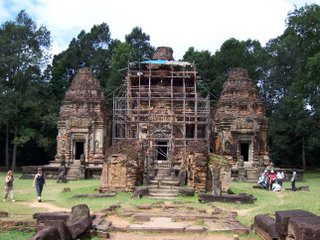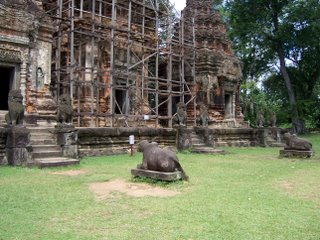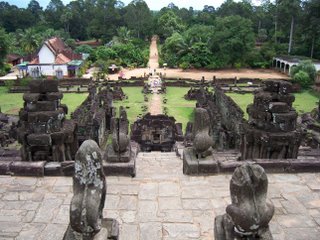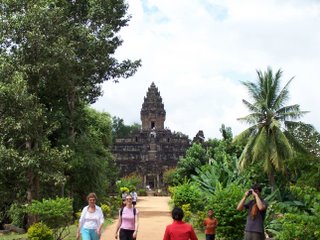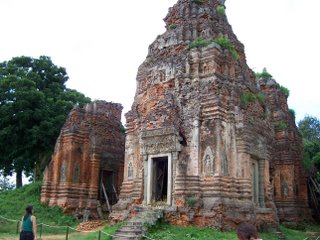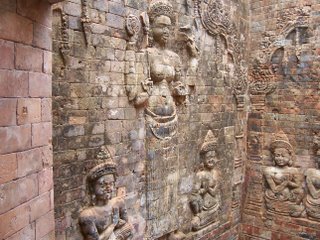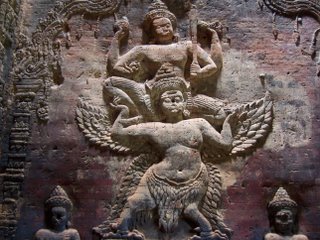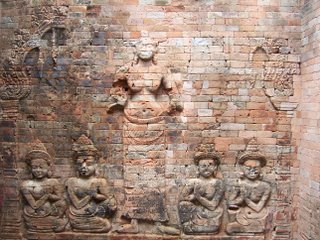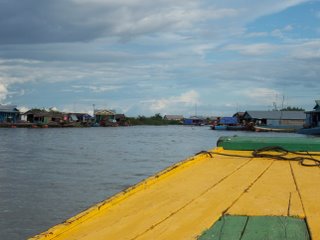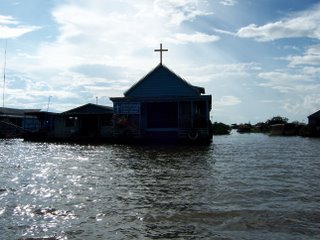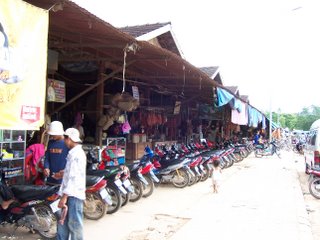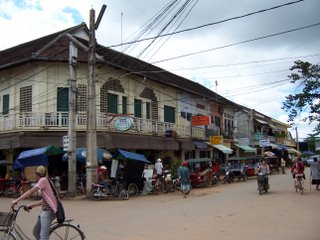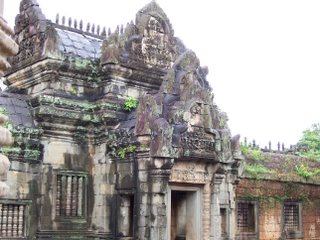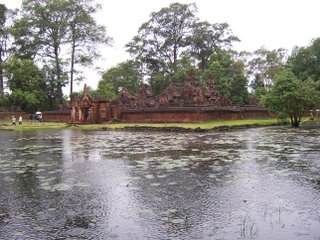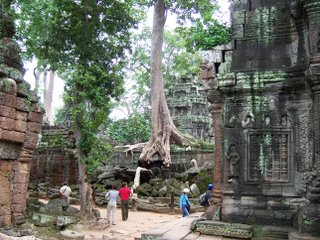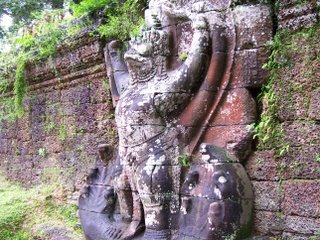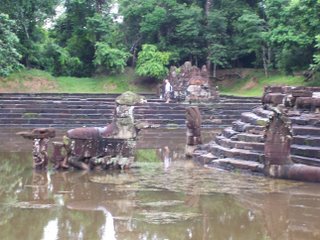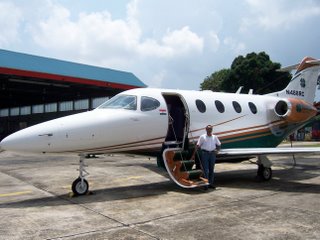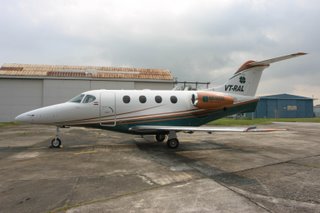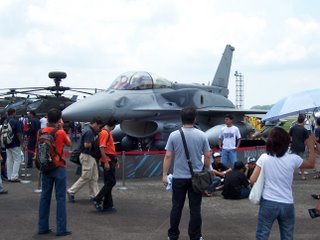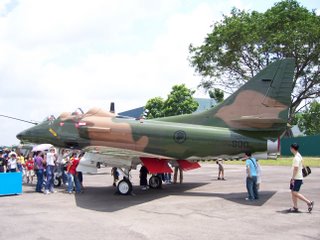What’s the bottom line going to be in 2007 for the average Indian flyer?
For the consumer, lower fares, more options to travel and better connectivity. Simple, anyone could have told you that. For the Airlines in India, more red ink as each one of them battle for the same piece of the ever expanding pie. Ever expanding pie must mean higher levels of income and profitability for the Airlines, right? Sorry, that was too easy, wasn’t it? Passenger growth has been phenomenal, no doubt but the average yield has actually gone down.
Airlines here think their strength is going to be due to economics of scale, more Airplanes, more seats, more routes and they can control pricing. Well, it works in theory, in some analysts theories. Ground reality is that, similar overcapacity in the U.S. drove a lot of the majors into bankruptcy courts forcing them to cut employee strengths, wages, return Airplanes that they had leased, cancel orders for new purchases of Airplanes and so on.
Noted analysts in the US say that this led to a reduction in seat capacity a bit and now the same analysts are predicting a banner year for US Airline industry because of the seat capacity reduction, costs under control and excellent passenger growth. This has prompted the carriers there to actually increase fares by 15-20% for economy class and reportedly 40% for business class, and still going full. That’s great and the analysts are calculating a profit (hold your breath) of US$2.3 Billion (that’s right, billion, with a “B”), despite the rising cost of fuel, as against more than $35 Billion in losses the US Airline industry suffered between 2001 and 2005 and $11 Billion losses in 2002 alone. Now, this is not to say that all carriers are going to be profitable, just that some of them that got the basics right, finally, are going to make it and have made it. One carrier that’s noteworthy (no, not southWest, which is going to make record profits yet again) is Continental Airlines. American Airlines is going to show more revenue from fewer seats.
What lessons can we learn in 2007?
Anyway, let me not digress from the Indian aviation scenario. What lessons can we learn from the US experience? Well, firstly, let us admit that even though we’d like to think that we are the brainiest people on the planet that’s heading out to becoming a superpower and that we don’t need lessons from anybody, the ground reality is that aviation stumps the best guy around. It’s a nasty business that bites you back, if you are an investor. It is time to look around. Wake up, smell the coffee and realize that your business plan should be your own and not driven by the desire to surpass some one else. You should identify what’s going to make you money and how to cut costs and make it more efficient, not be driven by this crazy concept that “I will be the largest Airline one day and will build up a nice brand and be able to control everything”. Wrong! That’s only going to make a bigger mess for you and the rest of the industry that can’t seem to get a grip on things. I’ll stop the lecturing here and move on to the next question.
What’s 2007 going to hold for investors in aviation?
An analyst in the US said Airline stocks must come with a warning (much like cigarette packs): “trading in Airline stocks may be hazardous to your wealth”. I say this again to the Indian public, if you think you are going to make money from investing in Airline shares, be prepared to lose all of it next year. In the short term, there’s going to be no miracle. Remember the past in India, and all the Airlines that went bad whose shares were trading at such high levels then and now the same shares are not worth not even the paper they are printed on.
Some Airlines claim that they don’t need to go public and they have enough reserves to last the distance. Well, good for them, let the passenger make use of their lovely services till they run out. Some Airlines think that they will get into profitability as soon as they go International. I don’t know who advises these guys but margins on International flights are coming down plenty and the number of carriers and their frequencies for the same set of destinations is increasing all the time. It is not a magic formula “lets go International and we will be doing well”.
All sounds depressing? It could have been worse but some deep pockets by all players concerned seem to be delaying the ultimate – going belly up. The media in India will, by and large, keep aviation in the news making it sound glamorous and chic to be in the business. That’s one way to beat depression, read nice stories about aviation. The good news will come to those that can act in the right manner.
How is the quality of my travel going to be in 2007?
Well, this is an easy one. It’s not going to be better than what you had in 2006. In terms of congestion, circling over major airports, ground and in-flight services will all be the same, matter of fact you’ll be slightly worse off regarding congestion and crowding because nothing’s improved in that area. Hyderabad and Bangalore’s new airports are slated to open little later, perhaps in 2008 and that may reduce congestion at these airports but may increase problems connecting to the airports by road or rail, especially in Bangalore.
The prices are going to remain low; I hope that for god’s sake, not lower than current levels. You as consumer should be happy with what you are paying now and maybe pay a bit more. It is in your interest that competition remains and that competitors are aplenty. If not, you’d back to square one with few competitors and monopolistic pricing of tickets and that’s going to hurt you. The Airlines, those surviving of course, will be laughing all the way to the Bank. At least that’s what it is, in theory!
Happy New Year to all my readers! Safe landings in 2007!
